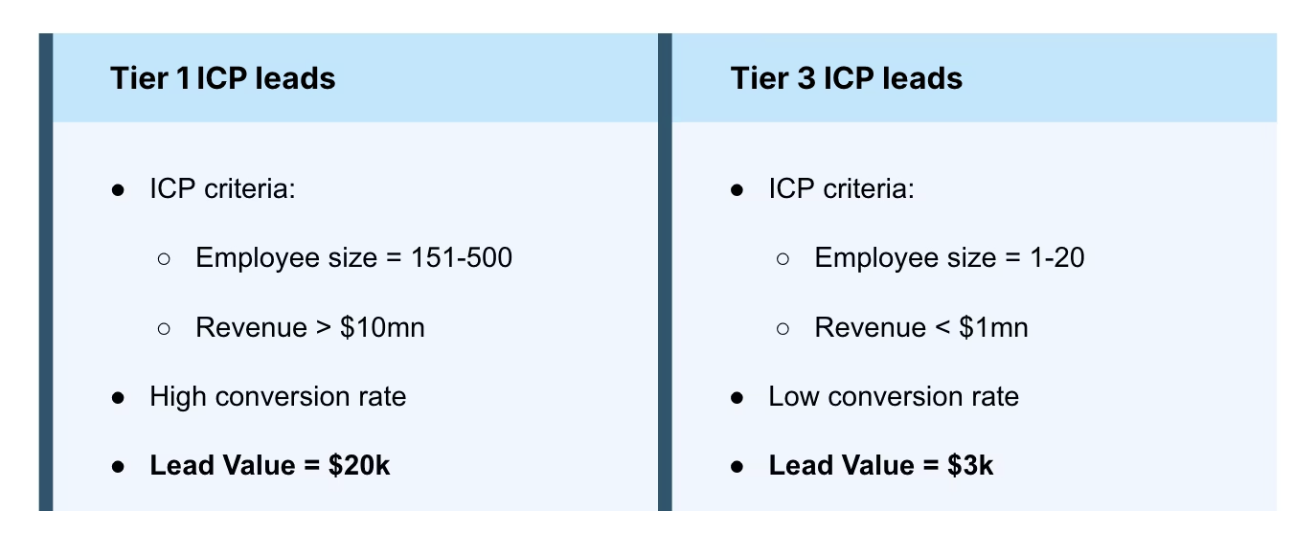Google Ads Conversions API
Optimize Your Google Ads For Pipeline With CAPI
Form fills ≠ revenue. After 100+ convos with demand gen leaders, we know the problem isn’t your ads. It’s the signals you send back. Use Factors’ Google CAPI to send value-based feedback. Google learns. Pipeline grows.






.svg)

.svg)







.svg)

.svg)







.svg)

.svg)






.svg)













.avif)



